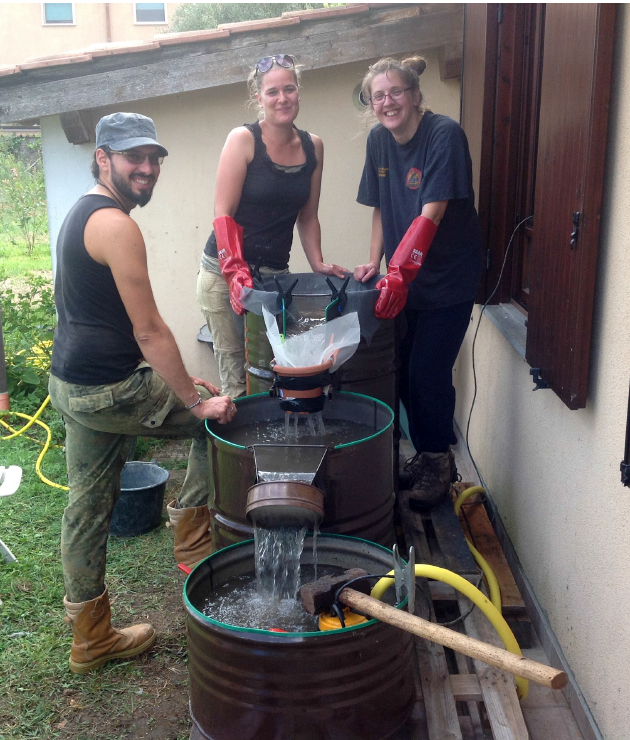The Science@Tarquinia project, a collaboration coordinated by the Universities of Milan and Cambridge (prof. Simon Stoddart), has sought to add information on life and earth sciences towards earlier understandings and aims to provide the complementary scientific support for the long-standing study of the ancient Etruscan city of Tarquinia.
Concurrent work on human and animal remains has now been complemented by new investigations of the hidden information in the sediments of the archaeological deposits and in the chemistry of humans, animals and plants. Central to this has been the intensive and systematic sampling of sediments across the excavation area. This work has been supported by the deployment of a simple, but effective, floatation and wet sieving machine.
 |
The collaborative work (which started in September 2019) includes flotation, micromorphology, AMS dating, isotopic analysis and aDNA. The sedimentary geology of Tarquinia has proved very beneficial in providing good preservation of the chemical signatures, leading to striking new information on the diet, mobility and biological character of the ancient populations of this coastal city.
For this work a wider team from Belfast, Cardiff, Dublin, Kiel, Maynooth and Michigan has gathered forces with Milan and Cambridge to provide the necessary synergy for a deeper understanding of key points. |
